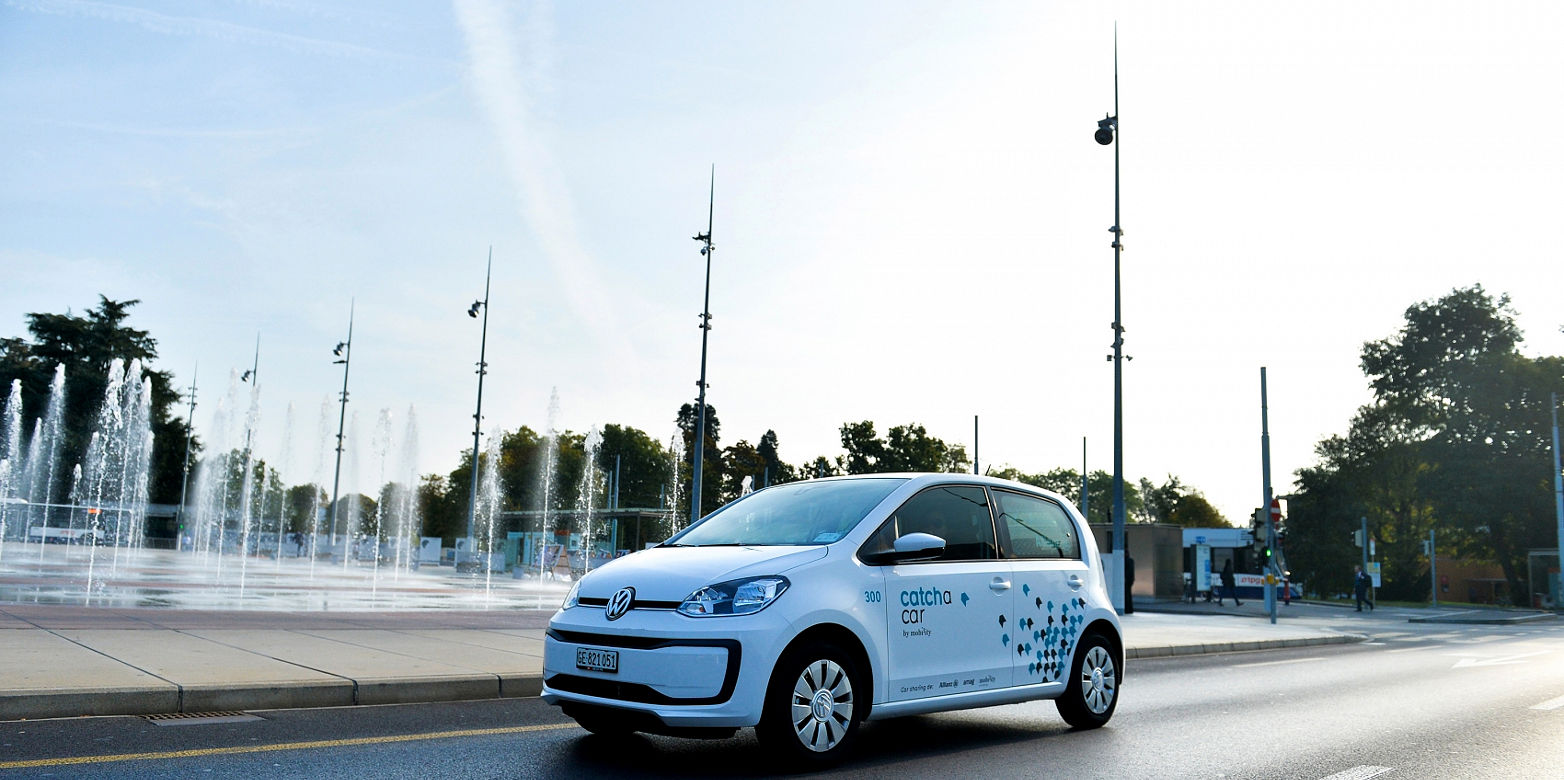MOBILITY
Traffic behaviour in Geneva: Analysis and modeling
Project details
Duration
09.2017-12.2019
Sponsor
Catch a Car AG
Staff
Prof. Dr. Kay W. Axhausen and Henrik Becker
Summary
Various forms of „shared mobility“ – especially car-sharing – are considered a possible way to mitigate the negative externalities of urban transportation (such as particle and noise emissions, space consumption, accidents). Recent growth of shared mobility services has mainly been fuelled by the widespread adoption of smartphones as well as new consumption patterns focussing more on shared use instead of ownership. In this environment, a first free-floating car-sharing scheme has been launched in 2008. Despite an almost exponential growth of such services across the globe in the past years, it is still not entirely clear how such a service affects the transport system. However, this question is particularly relevant because these services rely on special access to public parking spaces.
First studies on free-floating car-sharing (including the IVT study on Catch a Car in Basel) have allowed to identify user groups and usage patterns of these services. Moreover, they indicate slightly positive impacts on the transport system. But there still are many open questions: Most studies have been conducted shortly after the launch of the respective service. Hence, the long-term impacts are largely unclear. Moreover, results appear to vary substantially between different locations. Thus, further insights from have to be gathered in additional cities to accurately identify the actual impact of free-floating car-sharing.
With Catch a Car’s expansion to Geneva it has become possible to study the impacts of free-floating car-sharing in a second Swiss city. To this end, a multi-part survey is administered to a sample of the local population. The first part of the survey consists of a questionnaire capturing respondents’ socio-demographic background and general travel behaviour. In a second step, respondents record all their trips in a two-week mobility diary using a dedicated smartphone app. Both parts are repeated one and three years later with the same sample (panel design). In addition, interested respondents are invited to a stated-choice experiment to further study the market position of free-floating car-sharing.
The results of the study will allow to assess both the short- and long-term impacts of free-floating car-sharing. In addition, study results will be used to calibrate a MATSim simulation tool of the Swiss transport system, which can subsequently be used for further studies. Possible applications not only include analyses of car-sharing services, but also to study impact of transport policy measures such as parking provisions or congestion charges in Switzerland.
